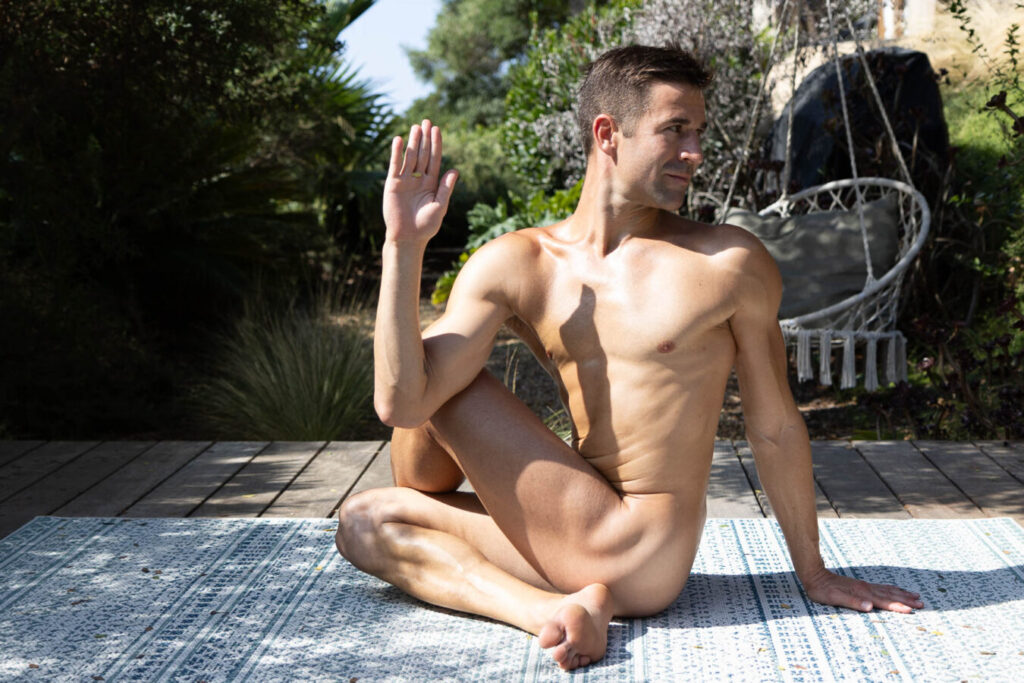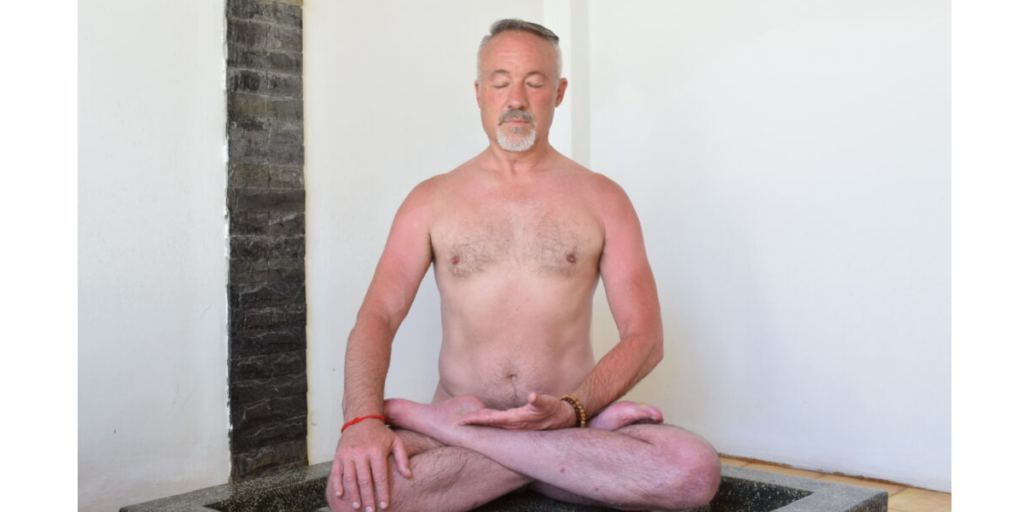Reflection on Modern Yoga

Have We Forgotten What Yoga Asana Really Is?
Have you scrolled Instagram lately?
We do, like everyday.
While it’s beautiful that everyone can speak their truths, it’s also relevant that we need to be aware of what we read, because – little reminder- everyone is anyway trying to sell what is interesting for them.
In recent years, many respected teachers and practitioners have begun to move away from traditional yoga asana. They’re exploring new forms of movement, redefining the practice around “longevity,” “sustainability,” and “freedom.” Some have even questioned the relevance of gurus and classical methods altogether.
It’s a beautiful evolution in many ways — one that shows yoga continues to grow and adapt. But somewhere along this journey, we risk losing the essence of what yoga truly is.
Daniele has just got back from New York City where he spent time with Sri Dharma Mittra and also led the philosophy and sacred texts part of the 200HR Teacher Training
Here are some thoughts that should always been present for both students and teachers ( Anyway…once a student , forever a student right?)
The following are excerpts from the most important sacred texts: Yoga Sutra of Patanjali, Bhagavad Gita and Hatha Yoga Pradipika.
If you’ve never read them, please take your time and dig deeper into the roots of what Yoga is.
⸻
The Classical Teachings
Patanjali reminds us in the Yoga Sutras (2.46):
“Sthira Sukham Asanam” — the posture should be steady and easeful.
This simple line holds profound meaning. Asana was never about achieving physical perfection or performing elaborate shapes. It was, and still is, a preparation — a way to still the body so the mind can follow into stillness.
In the Bhagavad Gita (6.11–15), Krishna teaches that true yoga begins when the body is steady and the mind is quiet.
The purpose of practice is not to move endlessly, but to learn how to be still — how to dwell in presence.
The Hatha Yoga Pradipika echoes this same truth:
“There is no Hatha without Raja, and no Raja without Hatha.”
Body and mind are not two separate paths. The physical and the spiritual, the gross and the subtle — they are one continuous journey toward the same truth.
⸻

The Role of Study and Guidance
Patanjali also tells us (2.44):
“Through study of the scriptures (svādhyāya) and surrender to the Divine, realization arises.”
Yoga without svādhyāya — without the study of sacred texts and self-inquiry — becomes mere movement. And without the guidance of sincere teachers, practice can lose its depth and direction.
In the tradition of yoga, the Guru is not a figure of control, but of reflection. A true teacher, like Sri Dharma Mittra, does not bind the student — they help reveal the light within.
They remind us that practice is not about adding more, but about returning to what has always been here.
⸻
Remembering the Essence
Yoga is not just about movement — it’s about remembrance.
Not just self-expression — but self-realization.
Not rebellion — but devotion.
The purpose was never the pose.
It was to sit, breathe, and awaken.
When we honor the scriptures, the lineage, and the teachers who have walked this path before us, we keep yoga alive — not as a trend, but as a living tradition.
⸻
May we all remember:
Asana is not the destination.
It is the doorway.
Richard & Daniele





